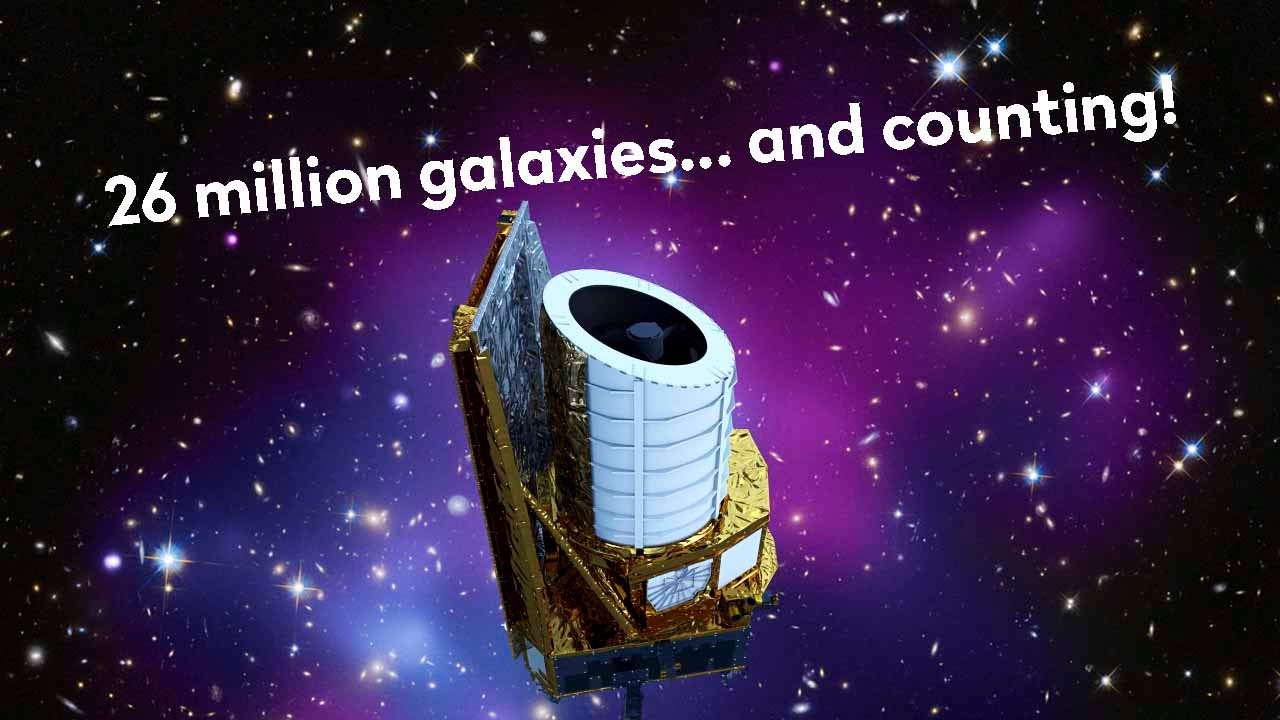- Courses
- GS Full Course 1 Year
- GS Full Course 2 Year
- GS Full Course 3 Year
- GS Full Course Till Selection
- CSAT
- 5 LAYERED ARJUNA Mentorship
- Public Administration Optional
- Online Program
- GS Recorded Course
- NCERT Batch
- Polity Module Course
- Geography Module Course
- Economy Module Course
- AMAC Module Course
- Modern India, Post Independence & World History Module Course
- Environment Module Course
- Governance Module Course
- Science & Tech. Module Course
- International Relations and Internal Security Module Course
- Disaster Management Module Course
- Ethics Module Course
- Essay Module Course
- Current Affairs Module Course
- ABOUT US
- OUR TOPPERS
- TEST SERIES
- FREE STUDY MATERIAL
- VIDEOS
- CONTACT US
Euclid Telescope Captures 26 Million Galaxies in High Resolution
Euclid Telescope Captures 26 Million Galaxies in High Resolution
31-03-2025

The Euclid Space Telescope, launched in 2023, has successfully captured high-resolution images of 26 million galaxies, marking a significant achievement in space exploration.
About the Euclid Telescope
- Named After – Euclid of Alexandria, a Greek mathematician known as the "Father of Geometry."
- Developed By – European Space Agency (ESA), with key contributions from NASA.
- Telescope Size – 1.2-meter diameter optical system.
Scientific Objectives
- Unraveling Cosmic History – Euclid aims to trace the Universe's evolution over the last 10 billion years, shedding light on how galaxies formed and expanded.
- Understanding Dark Universe – The telescope will investigate dark energy, dark matter, and gravity, helping to decode the fundamental forces shaping the cosmos.
- Mapping the Universe – It is set to construct a 3D map of billions of galaxies, spanning distances of up to 10 billion light-years.
Orbital Position
Location – Placed at Lagrange Point 2 (L2), 1.5 million kilometers from Earth, ensuring stable observation with minimal interference.
|
Also Read |
|
| FREE NIOS Books | |




